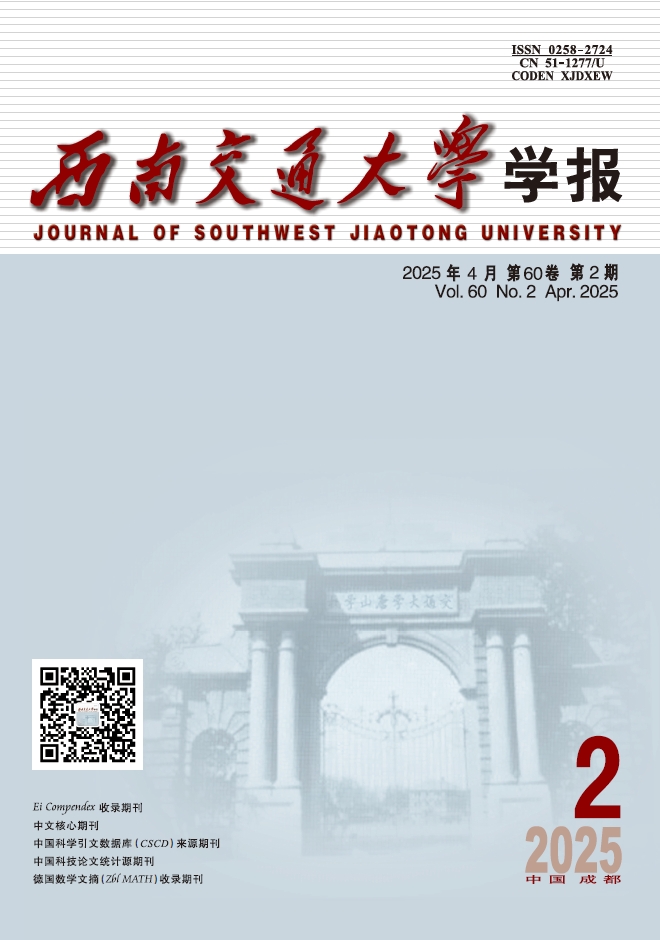2021 Vol. 56, No. 5
Display Method:
Impact of Sudden Change of Wind Loads on Running Performance of Vehicle on Bridge with Wind Barriers
2021, 56(5): 1050-1055, 1093.
doi: 10.3969/j.issn.0258-2724.20191201
Abstract:
Application Error of Traffic Speed Deflectometer for Asphalt Pavement Structure with Semi-Rigid Base
2021, 56(5): 1109-1115.
doi: 10.3969/j.issn.0258-2724.20200247
Abstract:




 Advance Search
Advance Search
 Email alert
Email alert RSS
RSS [Abstract]
[Abstract] [FullText HTML]
[FullText HTML] PDF 2322KB
PDF 2322KB Supplements
Supplements [Cited By]
[Cited By]